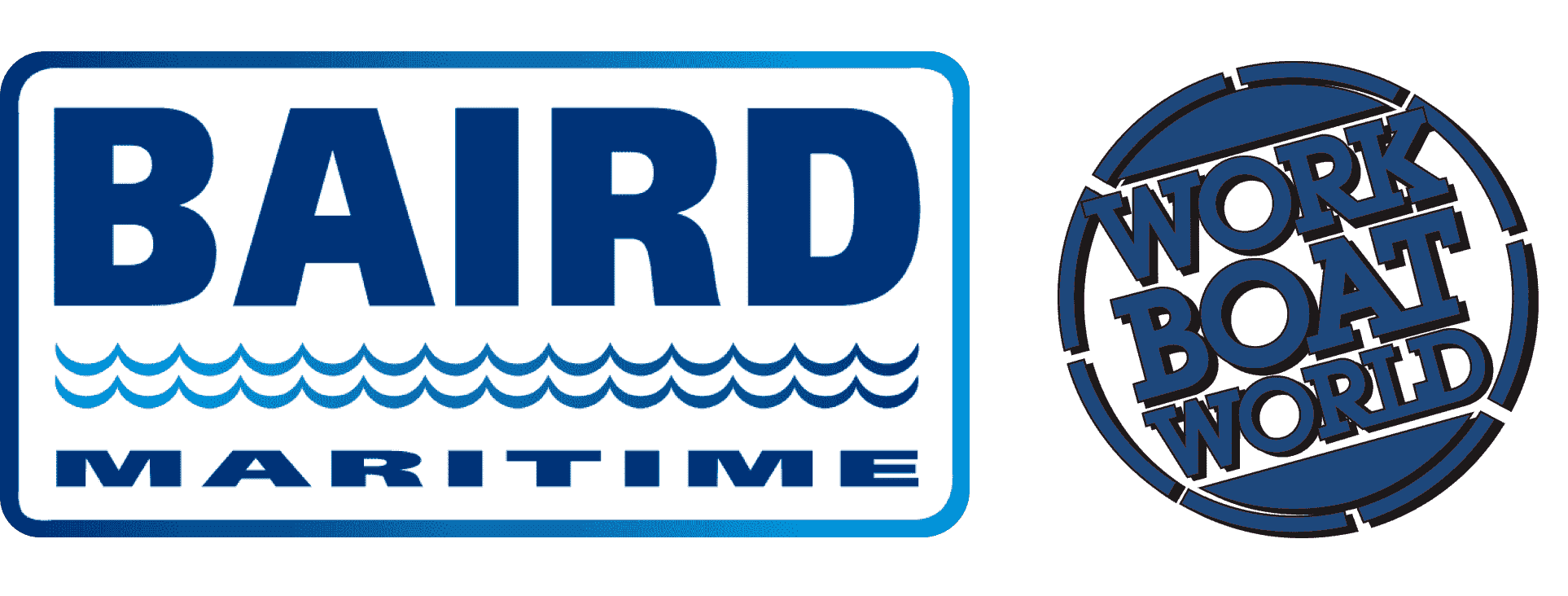VESSEL REVIEW | Charybdis – Dominion Energy's new jackup to support wind turbine installation on US East Coast
Seatrium AmFELS of Brownsville, Texas, has delivered Charybdis, a new wind turbine installation vessel (WTIV) ordered from the company by Dominion Energy.
The self-elevating WTIV, which will be deployed at the Coastal Virginia Offshore Wind (CVOW) project site 27 miles (43 kilometres) off the coast of Virginia Beach, Virginia, is the first US-built and Jones Act-qualified offshore wind installation vessel, according to the US Department of the Interior.
As a Jones Act-compliant vessel, Charybdis will be operated by US crews and will provide Dominion Energy with a homegrown installation solution to better enable the US offshore wind industry to bring renewable energy to customers.
Built to install some of the largest wind turbines available
The vessel will support installation works at CVOW, which will have 176 turbines and a total output of 2.6 GW. She will later be available for charter hire to offshore wind developers in support of several wind projects along the US East Coast. In particular, she will be able to transport and install wind turbines of up to 12 MW capacity.
Designed by GustoMSC, the 472- by 184-foot (144- by 56-metre) Charybdis is equipped with a 2,200-tonne-capable main deck crane and has accommodation for up to 119 personnel. The vessel is fitted with spudcans for transit, and these can be retracted to further reduce the draught, thus enabling access to shallower ports.
The dimensions make the WTIV one of the largest vessels of her kind, therefore enabling her to transport and install some of the largest wind turbines available today as well as their associated components on her 58,125-square-foot (5,400-square-metre) open deck.
Features ensuring enhanced safety and reduced fatigue
Charybdis' design also includes environmentally friendly features such as an electrically driven system for the crane, which offers enhanced positioning accuracy and reliability while reducing maintenance needs. The vessel also boasts advanced navigation and communication systems.
All these systems ensure precise manoeuvring and stability, which are critical in the installation of offshore wind turbines, and minimise the risk of accidents or environmental hazards.
The vessel's ability to self-elevate above the sea level provides a stable working platform, significantly reducing the risk associated with working in variable ocean conditions, while the main crane and the spacious deck area enable quick and effective installation of wind turbines.
This efficiency not only advances project timelines but also reduces the time crews spend at sea, thereby reducing fatigue and enhancing overall safety.
The ability to efficiently install turbines in designated areas can help in minimising the spatial coverage of offshore wind farms, thereby reducing the impact on fishing grounds.
The WTIV’s propulsion arrangement includes four fixed 3,200kW stern thrusters and three 3,700kW forward retractable thrusters. The propulsion enables the vessel to sail at speeds of up to 10 knots.
Full liveaboard facilities for extended deployments
Other key features include three smaller pedestal cranes, a flight deck for use by an S-92 or similar medium-lift helicopter, and fire and gas detectors installed throughout the vessel. There is onboard space for two 119-person enclosed lifeboats, inflatable liferafts, and a 24-foot (7.3-metre) MOB boat that can seat six people.
The crew facilities include cabins with en suite toilets and showers, a galley, a mess, coffee rooms, lounges, a cinema, a gym, client meeting rooms, a hospital, offices, and workshops.
Charybdis is classed by the American Bureau of Shipping and will be operated by Blue Ocean Energy Marine, a subsidiary of Dominion Energy, out of Hampton Roads in Virginia.


